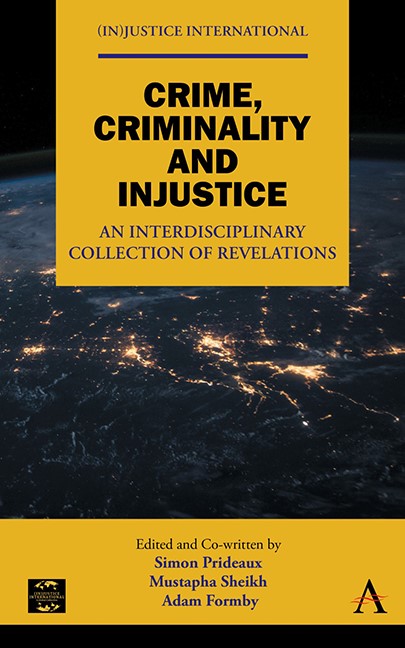Book contents
- Frontmatter
- Dedication
- Contents
- Acknowledgements
- List of Editors and Contributors
- Editor’s Introduction to the Book
- Part One Incarceration, Cultural Destruction and Ecocide: The Alienation of Ethnic Minorities, Nature and Indigenous Peoples
- Part Two The Impoverishment, Exclusion and Maltreatment of the Working Poor
- Part Three Disability, Poverty and Neglect
- Part Four Youth, Gender, Migration and Human Trafficking
- Concluding Remarks
- Index
Introduction To Part Four
Published online by Cambridge University Press: 14 November 2023
- Frontmatter
- Dedication
- Contents
- Acknowledgements
- List of Editors and Contributors
- Editor’s Introduction to the Book
- Part One Incarceration, Cultural Destruction and Ecocide: The Alienation of Ethnic Minorities, Nature and Indigenous Peoples
- Part Two The Impoverishment, Exclusion and Maltreatment of the Working Poor
- Part Three Disability, Poverty and Neglect
- Part Four Youth, Gender, Migration and Human Trafficking
- Concluding Remarks
- Index
Summary
A Potted History
Young people are becoming increasingly marginalised across the world and are often experiencing generational forms of injustice through the failures of government and society to acknowledge their vulnerabilities and provide appropriate support. The framing of ‘Youth’ is a complex social construction which involves a ‘blurring of boundaries between youth and adulthood’ (Reisinger 2012:96) and the de-standardisation of life. Modern understandings of youth stress that ‘youth’ has become non-linear and complex and repeatedly is a site of uncertainty and change. Furthermore, countless young people experience a variety of social harms and inequalities across many distinctive policy domains: especially in relation to youth justice and criminalisation, employment and education.
Disturbingly, the onset of global austerity has continued to reshape and diminish youth welfare policy. Indeed, the dual impact of the 2008 global recession and COVID-19 continues to impact upon the efficacy and range of social policy responses in areas such as youth justice, youth work, welfare and support, housing, health and education. As a result, contemporary global youth are currently experiencing generational social harm(s) and social othering whilst often being denied a voice in the societies they live in. If truth be told, the youth of today are experiencing new forms of social injustice and, to add insult to injury, these developments have become worse as the COVID-19 epidemic has persistently decreased living standards for many young people around the world. Concerns about the marginalisation of young people from all the relevant social and political structures are repeatedly emerging, yet negative portrayals of young people – framed around ‘irresponsibility’ and ‘risky behaviours’ – continually contradict demonstrable evidence that expounds the opposite as many young people have sought to volunteer and support others whilst experiencing significant forms of social harm themselves.
Human trafficking and modern slavery in the present day is defined as the transportation or concealment of an individual or group of persons against their will by means of force, kidnapping or coercion (Bondt et al. 2010). Despite increased freedoms and civil rights in the modern day, human trafficking is a considerably ubiquitous form of organised crime, primarily due to being the second most lucrative crime today (Sheinis 2012).
- Type
- Chapter
- Information
- Crime, Criminality and InjusticeAn Interdisciplinary Collection of Revelations, pp. 169 - 172Publisher: Anthem PressPrint publication year: 2023

